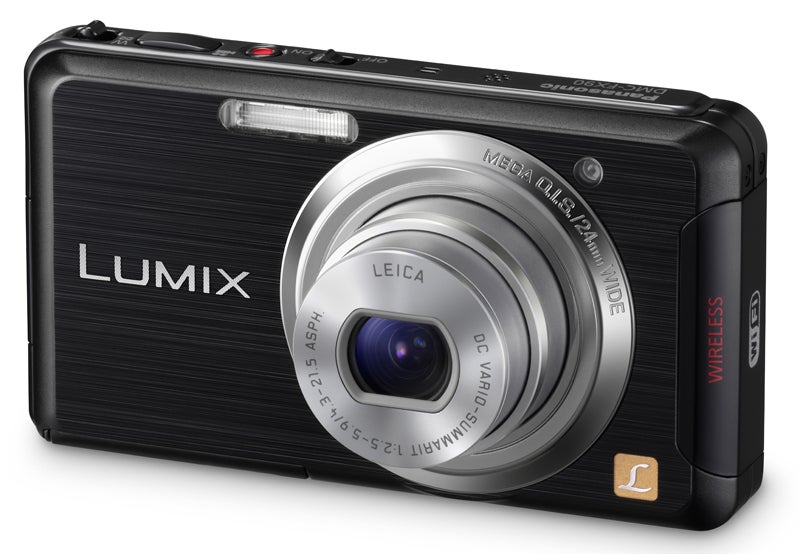Panasonic LUMIX FX90 Review
Panasonic LUMIX FX90 Review
See what we think of the Panasonic LUMIX FX90 in our What Digital Camera review

Verdict
Pros
- Touch AF can be handy, well-made
Cons
- Touchscreen and interface slow to use, conservative design and average image quality.
Key Specifications
- Review Price: £219
//
The LUMIX FX90 is targeted towards users looking for a stylish, slim and easy to use compact camera.
Panasonic LUMIX FX90 review – Features
A quick look over the specification finds a 12.1MP CCD sensor with an ISO range from 100-1600, while the lens offers a broad 5x optical zoom range from 24-120mm. This is great for fitting plenty in the frame, while the medium telephoto focal length of 120mm is great for tight crops of subjects, though don’t’ expect it to get you in really close to far off subjects.
If you want to shoot video, the FX90 can record at full HD 1080p in either AVCHD or MP4 depending on your preferred viewing device, while footage can be captured in stereo sound.
There’s also a 3D Photo Mode – in this mode, hold down the shutter button and pan the camera left to right to generate a 3D image that you can view on a 3D compatible TV. There’s also built-in wireless to transfer images to web services such as Facebook or AV devices. It doesn’t work over a public wireless connection, but images can be transmitted to a smartphone on the move (you’ll need to download the Lumix Link App first), which can then push the images on, or hooked-up to your PC.
There’s a 3in touchscreen with a resolution of 460k-dots, so Panasonic’s touch focus and shutter and be used.
Panasonic LUMIX FX90 review – Design
The design of the FX90 is nice enough, if a little bland for a premium pocket camera. It’s finished to a very good standard though, and while the exterior is predominantly plastic, it has a solid feel.
Because of the touchscreen interface, the FX90 is pretty much devoid of any exterior buttons – there’s an on/off switch, record button, zoom control, WiFi activation button and the shutter. Other than that, all other settings are controlled on screen.
Panasonic LUMIX FX90 review – Performance
When the camera is switched on, there’s a delay of 1-2 seconds before you’re ready to shoot. You’ve got a choice of either Intelligent Auto, Auto or Scene modes for the main shooting options, as well as 3D Mode and Cosmetic Mode to enhance skin tones.
It’s pretty much point and shoot with the FX90 in any of those modes, though Auto mode gives the most control over white balance, ISO and quality.
The touchscreen is OK, though you have to be quite precise with your finger presses, while a bit of downward pressure is required – it’s not quite the smooth, effortless experience you get with a smartphone.
The menu system can be slow to use as well, only displaying four options per ‘page’ and taking it’s time to get to the next. Also, the icons for each option aren’t labeled clearly enough.
Image quality wise, the FX90 isn’t too bad, though it’s not for those concerned with ultimate image quality. Image noise starts to see the image deteriorate at ISO 400, with in-camera post processing smoothing detail in an effort to control this.
Chromatic abberation is also an issue, with purple fringing noticeable in the image, but colours are nice and neutral however.
Panasonic LUMIX FX90 review – Value
At £219, it’s relatively competitively priced for a compact of this class – the Samsung MV800, with a pull-out touchscreen is a bit more at £249, but the interface and screen is much more successful.
Panasonic LUMIX FX90 review – Verdict
The FX90 has some nice touches, but the sluggish touchscreen interface, conservative design and only average image quality means there are better alternatives out there.
Trusted Score
Score in detail
-
Value 9
-
Design 9
-
Features 9
-
Image Quality 9
-
Performance 8

